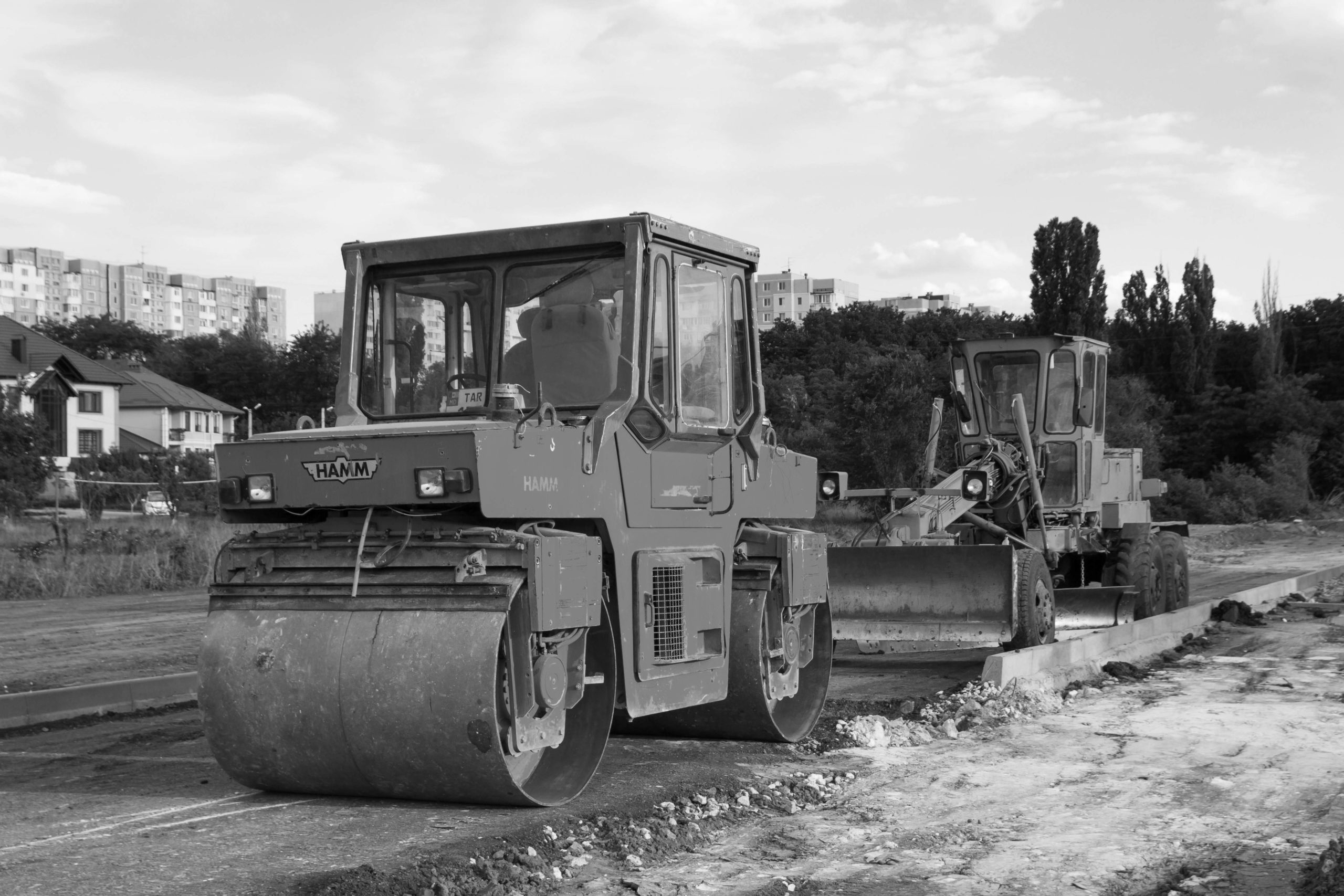The Occupational Safety and Health Review Commission Reinstates OSHA’S Multi-Employer Policy
The Occupational Safety and Health Administration (“OSHA”) is responsible for enforcing health and safety standards in workplaces throughout the country. OSHA has promulgated standards covering both general industry and construction sites. The enforcement of these standards is fairly straightforward in the general industry sector. Typically, OSHA inspects the facility and if it finds a violation, cites the employer for exposing his/her employees to a hazardous/violative condition. However, construction sites are vastly different because of the number of contractors, engineers and construction managers working at a site and employee mobility throughout the site. In certain situations, an employer can have employees working in an area where they are exposed to hazardous conditions not created by that employer. To address situations like this, OSHA developed the “multi-employer policy.”
Under the multi-employer policy, in addition to the employer that has employees exposed to the hazardous condition, OSHA may also issue citations to the employer that is responsible for correcting the hazardous condition even if that employer has no employees exposed to the hazardous condition. The legal justification for the multi-employer policy is 29 U.S.C. § 654(a)(2) of the Occupational Safety and Health Act (“OSH Act”), which states that:
Each employer …
(2) shall comply with occupational safety and health standards promulgated under this chapter.
29 U.S.C. § 654(a)(2).
This provision of the OSH Act creates a specific duty for all employers, regardless of whether they have employees exposed to a hazardous condition, to comply with OSHA’s rules and regulations. The purpose of the multi-employer policy is to allow OSHA to hold those employers responsible who either create a hazardous condition or control the site, even if those employers do not have any employees exposed to the hazardous condition.
In 2007, the multi-employer policy was struck down by the Occupational Safety and Health Review Commission (the “Commission”) in the decision Secretary of Labor v. Summit Contractors, Inc., OSHRC No. 03-1622 (April 27, 2007) (“Summit I”). In Summit I, Summit Contractors, Inc (“Summit Contractors”) was the primary contractor on a construction job and only employed four employees whose responsibilities were to coordinate subcontractors and work at the job site.
All Phase Construction, Inc. (“All Phase”) was subcontracted to do brick masonry work. To perform this work, All Phase employees were required to use scaffolding. While performing the masonry work, OSHA observed that All Phase employees were exposed to hazardous conditions, including not being protected from falls, while working on scaffolds. The only employees exposed to these hazardous conditions were All Phase employees. Summit Contractors neither created the hazardous condition observed by OSHA nor had employees exposed to the hazards.
OSHA issued citations to both All Phase and Summit Contractors. OSHA’s rationale for citing Summit Contractors was that Summit Contractors was a controlling employer that could have corrected the hazardous condition and as such was liable pursuant to OSHA’s multi-employer policy. Summit Contractors contested the citations.
The Commission held that the multi-employer policy was contrary to OSHA’s regulation, 29 C.F.R. 1910.12(a), and held that OSHA could no longer issue citations to controlling employers that did not have its own employees exposed to the hazardous condition. The Commission’s decision was based on a narrow reading of 29 C.F.R. 1910.12(a), in which employers are only responsible for his/her employees.
OSHA appealed the decision of the Commission. The Eighth Circuit Court of Appeals vacated the Commission’s decision and remanded it to the Commission for further proceedings. The Eighth Circuit ruled that the “plain language of §1910.12(a) does not preclude” OSHA from citing the controlling employer (even if that employer does not have employees exposed to the hazardous condition). On remand, the Commission applied the law articulated by the Eighth Circuit and determined that Summit Contractors was the controlling employer and affirmed the citations originally issued by OSHA.
On August 19, 2010, in Secretary of Labor v. Summit Contractors, Inc., OSHRC No. 05-0839 (August 19, 2010) (“Summit II”), the Commission again addressed the validity of OSHA’s multi-employer policy and this time upheld the policy. In Summit II, Summit Contractors was a general contractor for the construction of a 90-unit apartment complex. Summit Contractors subcontracted certain work and only had two employees at the construction site. During an inspection, OSHA found certain electrical violations and subsequently issued citations to Summit Contractors. Because Summit Contractors was only the general contractor and its employees were not exposed to the electrical hazard, OSHA issued the citation to Summit Contractors pursuant to the multi-employer policy. Summit Contractors contested the citation.
The Commission, persuaded by the Eighth Circuit’s decision, concluded that the plain meaning of 29 C.F.R. 1910.12(a) permits OSHA to issue citations to controlling employers, such as general contractors, under the multi-employer policy even though the employees of the employer were not exposed to the hazardous condition. In so holding, the Commission overruled its earlier decision in Summit I.
Summit II reinstates OSHA’s multi-employer policy and OSHA can now apply the multi-employer policy nationwide (and not just to the worksites in the states that comprise the Eight Circuit). Construction employers can now be potentially liable for all hazards present on any worksite over which they have control even if none of their employees are exposed to the hazard. Construction employers should be proactive in establishing safety and health programs, which include inspecting, identifying and correcting any safety and health hazards noted on the worksite. Once the employer becomes aware of such conditions, he/she should immediately take steps to correct the hazard. General contractors should also require all subcontractors to comply with OSHA’s regulations in the performance of their work at the worksite.
As the law continues to evolve on these matters, please note that this article is current as of date and time of publication and may not reflect subsequent developments. The content and interpretation of the issues addressed herein is subject to change. Cole Schotz P.C. disclaims any and all liability with respect to actions taken or not taken based on any or all of the contents of this publication to the fullest extent permitted by law. This is for general informational purposes and does not constitute legal advice or create an attorney-client relationship. Do not act or refrain from acting upon the information contained in this publication without obtaining legal, financial and tax advice. For further information, please do not hesitate to reach out to your firm contact or to any of the attorneys listed in this publication.
Join Our Mailing List
Stay up to date with the latest insights, events, and more




